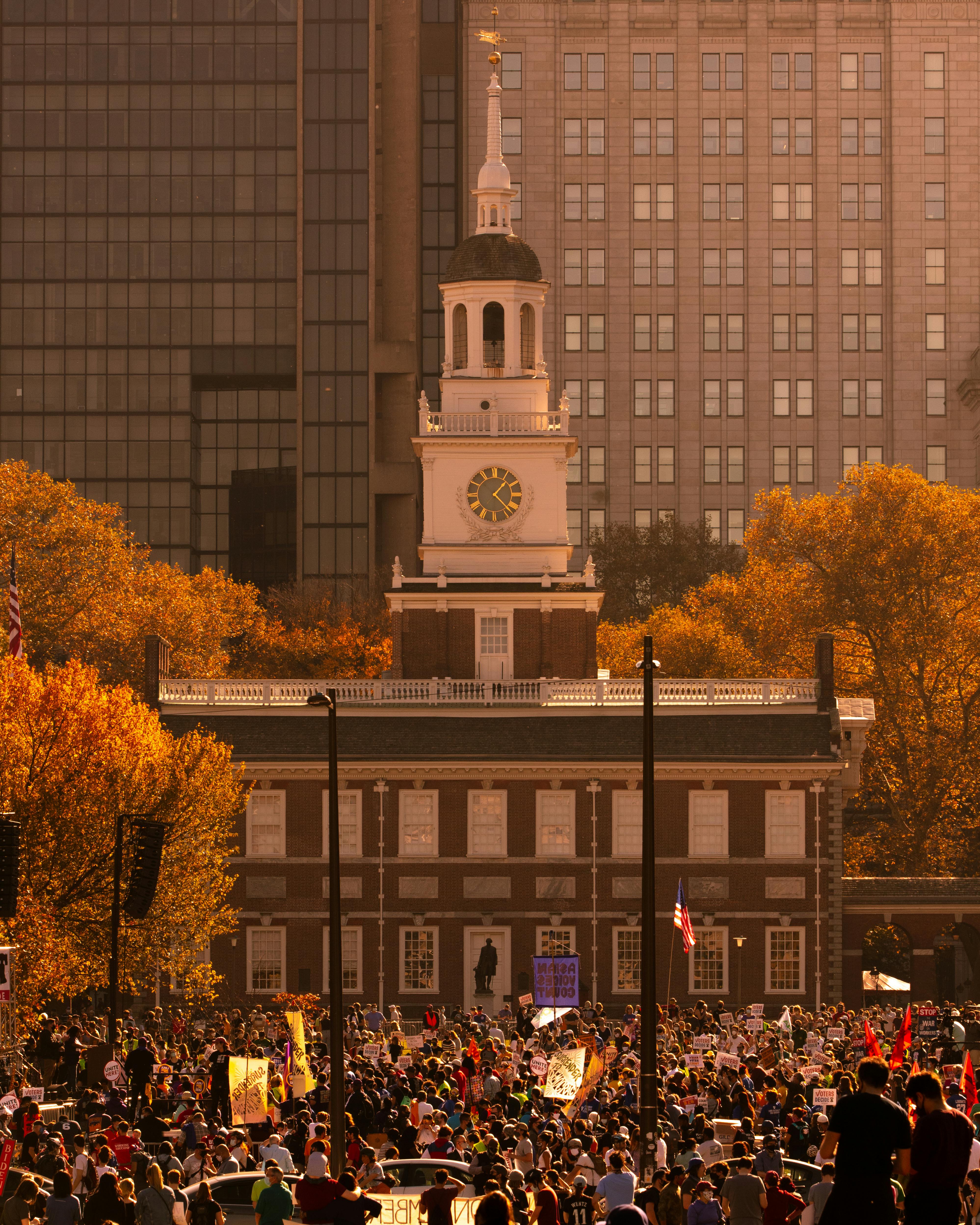Pro-Palestinian Protests Surge: Unveiling Fault Lines On American Campuses

In recent months, American universities have become the focal points of escalating pro-Palestinian protests, with events reaching a boiling point in the early hours of April 30th at Columbia University. Over 200 demonstrators converged on Hamilton Hall, a building steeped in the history of activism, famously occupied by anti-war protesters in 1968. This resurgence of campus activism not only echoes the past but also reveals three distinct fault lines within American academia.
The Events at Columbia University
The demonstration at Columbia University's Hamilton Hall was a powerful display of solidarity with the Palestinian cause. The occupation of this iconic building, with its historical significance tied to past movements, symbolized a continuation of activism in pursuit of social justice. The choice of location and the tactics employed by the protesters underscored the depth of conviction and determination among the demonstrators.
Understanding the Fault Lines
The protests at Columbia University and other American campuses expose three fault lines that run through the fabric of higher education. Firstly, there is the tension between free speech and academic freedom, where universities must navigate the delicate balance between allowing diverse viewpoints and ensuring a safe and inclusive learning environment. Secondly, the demonstrations highlight the importance of solidarity with oppressed communities, shedding light on systemic inequalities and injustices both at home and abroad. Lastly, the political tensions surrounding the Israeli-Palestinian conflict come to the forefront, revealing deeply held convictions and divergent perspectives within the university community.
Implications and Significance
The significance of these protests extends far beyond the confines of campus. They serve as a stark reminder of the role universities play in shaping discourse and fostering social change. By confronting uncomfortable truths and challenging existing power structures, campus activism has the potential to ignite broader movements for justice and equality. However, it also poses challenges, requiring careful navigation of complex issues and a commitment to dialogue and understanding.
Conclusion
As pro-Palestinian protests continue to surge at American universities, it is essential to recognize the underlying fault lines they expose. By understanding and addressing these fault lines, we can move towards a more inclusive and just society. The events at Columbia University's Hamilton Hall serve as a call to action, urging us to engage in meaningful dialogue, stand in solidarity with the oppressed, and work towards a future where all voices are heard and valued.
Author: Brett Hurll
The Self-Destructive Nature Of Anti-Tourism Protests: Balancing Resident Concerns With Tourism Benefits
In recent years, anti-tourism protests have become increasingly common across popular tourist destinations. From the Bal... Read more
Military And Strategic Implications Of The Ukrainian Drone Attack In Kursk
On a recent morning, the Kursk region in south-western Russia witnessed an unexpected and significant event: a Ukrainian... Read more
Chinese Tech Stocks Gain Ground Despite Wall Street Technology Sell-Off
Chinese tech shares in Hong Kong gained on Friday, defying a technology stock sell-off on Wall Street, driven by strong ... Read more
Defense Pact Between Britain And Germany: A Focus On Cybersecurity And Joint Operations
In a move set to redefine European defense collaboration, Britain and Germany have signed a comprehensive defense pact a... Read more
US Secret Service Director Steps Down After Trump Assassination Attempt
Security lapses admitted by Kimberly Cheatle prompt resignation.Kimberly Cheatle, the head of the US Secret Service, has... Read more
Kamala Harris Promises A Brighter Future In Official Campaign Launch
In a vibrant and impassioned campaign launch, Vice President Kamala Harris vowed to lead America toward a "brighter futu... Read more

